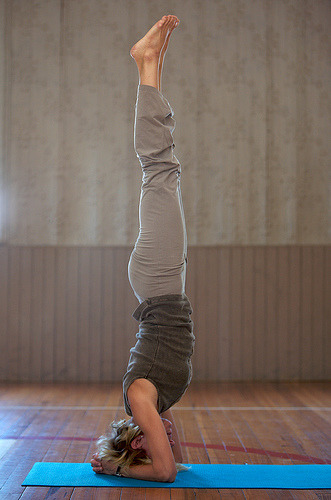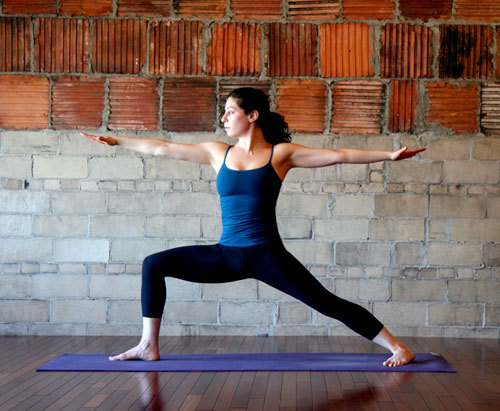The ones I found look really cool. I actually tried a couple and could kind of do all three poses!
The first pose is called Mayurasana.

This pose requires large amounts of arm strength and balance. To get into this pose, you rest your body on your forearms, while bending your elbows. Make sure your wrist are rotated back toward your toes. You then lift your feet off the floor while suspending your body in a plank position.
The second pose is called Urdhva Dhanurasana.
 \
\To get into this pose, you start from a standing position and then lean back and bend your back until your hands touch the ground. To make this pose more intense, move your feet and hands together. Once satisfied with the pose, try to return to standing using your core strength to pull yourself up.
The third pose is called Scorpion pose.

This pose starts with a forearm stand. You then sway your back and bend your knees until your toes point toward the top of your head. You can make this pose more intense by bringing your toes down to touch your head.
The last part of the article talks about Acro Yoga.
This is a combination of yoga and acrobatics. It is where you partner up and try to complete poses together. You can end up balancing on top of someone else's feet, hands, back, etc. The possibilities are endless. In class last Wednesday we split up into groups and tried a little bit of Acro Yoga. It was very difficult but rewarding at the same time.
http://healthyliving.azcentral.com/extreme-yoga-poses-12428.html


